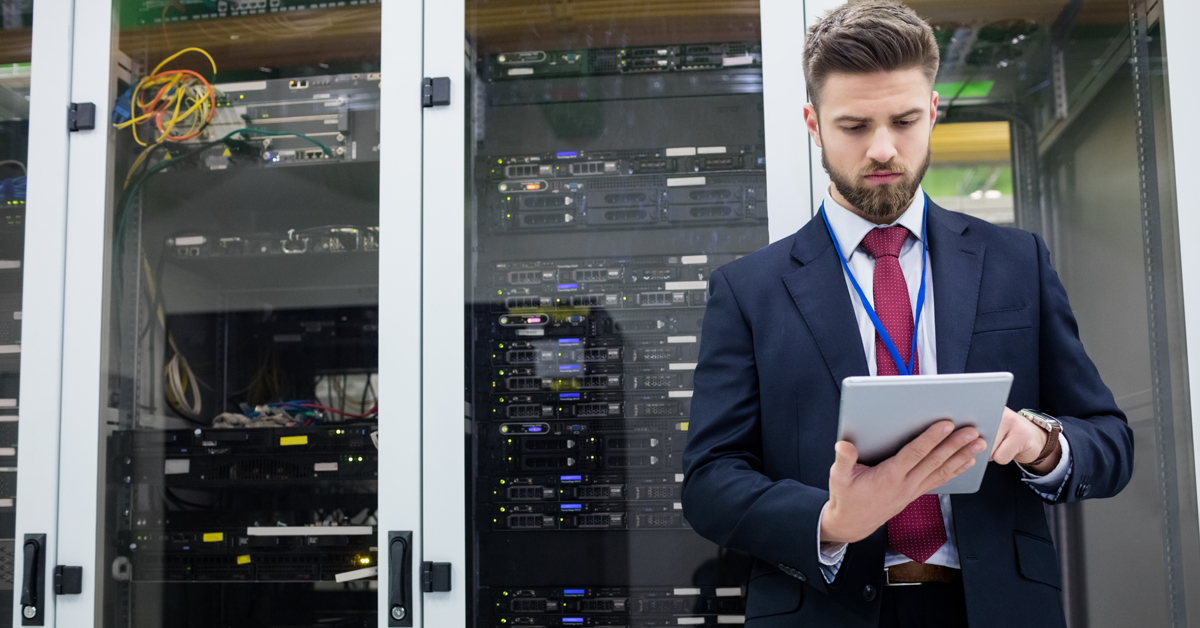Data-driven organizations often use the terms “business intelligence” (BI) and “data mining” interchangeably. They are not the same thing.
When brought together, BI and data mining help companies leverage their data to keep a pulse on the constant changes in consumer behavior and preferences. Businesses can make precise predictions about what their consumers want.
The two concepts play distinct roles in the world of big data. We will break down exactly what their roles are, how they are different and how they work in tandem to help businesses operate at a higher level.
Table of Contents
What is Business Intelligence (BI)?

Business intelligence is data analysis with the intent of uncovering trends, patterns and insights. Findings based on data provide accurate views of your business’s processes and the results those processes are yielding.
Business intelligence can forecast future performance. Through the analysis of past and current data, robust BI systems can track trends and illustrate how those trends will continue as time goes on.
BI is more than analysis when action is taken based on the findings. Having the ability to see the real, quantifiable results of policy and the impact on the future of your enterprise is a powerful decision-making tool.
What is Data Mining?

Data mining is the process of finding answers to problems you were not looking for. For instance, exploring new data sources may lead to the discovery of causes for financial shortcomings, underperforming employees or more.
Data mining experts sift through large sets of data to identify trends and patterns. It relates to the process of going through large sets of data to identify relevant information.
Businesses use data mining for business intelligence and to identify specific data that may help their companies make better leadership and management decisions.
Data Mining techniques

- Classification: the assignment of objects (observations, events) to one of the previously known classes.
- Regression: including forecasting tasks. Establishing the dependence of continuous output on input variables.
- Clustering: a grouping of objects based on data (properties) that describe the essence of these objects. The objects inside the cluster must be similar to each other and different from the objects included in other clusters. The more similar the objects within the cluster and the more differences between the clusters, the more accurate the clustering.
- Association: the identification of patterns between related events.
- Sequential patterns: establishing patterns between time-related events.
- Deviation analysis: identifying the most uncharacteristic patterns.
Business Intelligence vs Data Mining
Both business intelligence and data mining aim for the same goal – help business managers make better, more informed, evidence-based decisions.
The striking difference between BI and data mining lies in the root cause analysis.
While BI can tell you something went wrong, data mining, on the other hand, can tell you why it went wrong.
Data mining offers in-depth analysis. Both BI and data mining tools work with KPIs and data at different depths, while BI monitors and reports, data mining reveals and visualizes.
[table id=21 /]
BI is good for reporting and monitoring KPIs. Its weakness lies in the assumption that processes are known and transpire as intended.
Data mining, on the other hand, is prepared for flawed processes, unexpected causality and a plethora of problems that may occur at any given time. Data mining makes no assumptions and alleviates reporting to root cause analysis.
How Business Intelligence and Data Mining work together

While business intelligence and data mining are quite different, they work the best in tandem.
Data collected is raw and unstructured. Data mining can help decode these complex datasets and deliver a cleaner version to the business intelligence team to derive insights.
In addition, data mining can analyze smaller datasets. This allows businesses to identify the root cause of a specific trend and use business intelligence to suggest methods for capitalizing on it.
Analysts can leverage data mining to gather information in the format they need and then run it through business intelligence tools to identify why the information is important.
In other words, companies can use data mining to gain an understanding of the “what” for business intelligence to answer the “how” and “why”.
Businesses that invest in both BI and data mining tools can perform, test and interpret sophisticated analyses in real-time. Consequently, data mining and business intelligence create more streamlined processes and increased financial yield.
Future of Data Mining for BI

It is no surprise that the demand for data mining and business intelligence is on the rise due to the omnipresence of big data and the cloud. On-premises solutions are becoming obsolete as more companies become data-driven.
Not only do on-premises solutions struggle to store several datasets, they are also unable to lay the groundwork for accurate, efficient and speedy data mining and, in turn, business intelligence.
Cloud solutions, on the other hand, can host large datasets. What is more, cloud platforms have connectors to a multitude of data mining and business intelligence tools. The cloud also helps stakeholders to source the information they need instantaneously.
Instead of waiting hours or days for reports to run, data mining specialists can configure data pipelines that directly feed BI tools. Along with this, the self-service access allows stakeholders to log into the BI tool and run a report in minutes.
Businesses are starting to push the data mining and business intelligence boundaries even further. As long as customers continue to use the internet, mobile applications and social media, data mining and business intelligence will continue to evolve.
Getting started with Data Mining
The Cross-Industry Standard Process for Data Mining (CRISP-DM) is an excellent guideline for starting the data mining process. This standard was created decades ago and is still a popular paradigm for organizations that are just starting.
Unfortunately, it is easy to do data mining incorrectly. An organization should avoid data mining if its leaders do not have analytical or statistical knowledge to oversee the process.
Inaccurate mining techniques can create incorrect models, resulting in inaccuracies. Further, if the team is using personally identifiable information in data mining activities, they must ensure they are following compliance regulations and governance standards.
An investment in data mining helps businesses retain a competitive advantage. Being able to wrangle and interpret complex sets of data in an efficient and timely manner leads to streamlined business processes, greater customer satisfaction and greater returns on investment.
[mailerlite_form form_id=1]
















